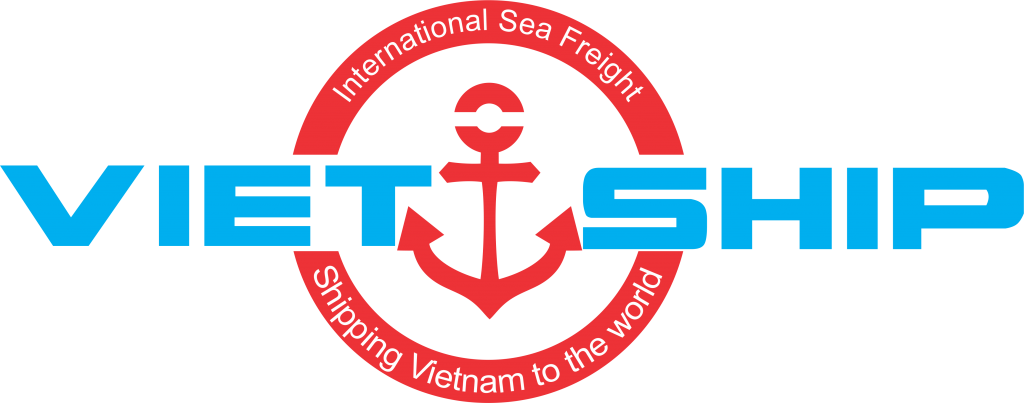How Supply Chains Reinvent Routes: Adapting to Disruption
The Rising Need for Alternative Routes
Global supply chains face mounting disruptions—from extreme weather events and congestion at major ports to shifting trade policies and geopolitical instability. Companies can no longer rely solely on traditional sea lanes, highways, or air hubs. Developing alternative logistics routes has become essential to safeguarding delivery schedules and maintaining customer trust.

What Does an Alternative Route Look Like?
An alternative path might sound simple—like sending freight via a different highway—but it’s actually part of a deeper, more adaptive logistics strategy that involves:
-
Rerouting through secondary ports or rail corridors
-
Leveraging inland waterways and air bridges
-
Coordinating multimodal transfers ahead of time rather than waiting for emergencies
By building a flexible network, businesses gain resilience and speed in response to disruptions.
Why Alternative Routes Matter
-
Diversifying risk
Relying on just one gateway—like Los Angeles or Shanghai—exposes shipments to bottlenecks and shutdowns. Exploring options like Vancouver, Singapore, or northern European ports spreads risk and maintains flow. -
Flexibility during crises
Whether it’s a natural disaster, strike, or trade embargo, companies with pre-planned alternatives can shift routes in real time—without scrambling logistics at the last minute. -
Cost-efficiency and competitiveness
While alternative routes might appear longer, bypassing delays and hit-or-miss pricing can often translate into faster, more consistent service—and ultimately, lower landed cost.
How Technology Enables Route Switches
Modern logistics rely on digital solutions to detect disruption and pivot quickly:
-
AI-powered decision systems analyze real-time data—weather, congestion, trade compliance—to recommend route adjustments.
-
Dynamic load-and-route optimization reassigns cargo automatically when one node becomes unavailable.
-
Automated reroute alerts update all stakeholders—carriers, customs, customers—within minutes, not days.
Real-Life Example: Weather Disruption in Texas
When a major storm closed Texas highways recently, logistics providers responded by rerouting containers through New Orleans and Atlanta. AI-assisted decision tools enabled this pivot within hours, keeping supply chains moving and avoiding a week-long delay on key shipments.
Best Practices for Building Resilient Supply Chains
| Strategy | Key Action |
|---|---|
| Route Diversification | Plan at least two inbound/outbound options for all major lanes |
| Real-Time Visibility | Track cargo using AI dashboards and sensor-level data |
| Multimodal Planning | Combine sea, rail, road, and air logistics in integrated scheduling |
| Partnerships | Build relationships across multiple hubs, carriers, and customs authorities |
| Regular Testing | Simulate disruptions to test and refine rerouting plans |
Bottom Line
Building supply chain resilience isn’t just about backup plans—it’s about embracing a dynamic routing mindset. Companies that remain agile, informed, and tech-enabled can not only survive disruption—but thrive through it, preserving customer service and competitive edge even in turbulent times.
Xem thêm:
Dịch Vụ Vận Chuyển Trái Cây Bằng Đường Biển Từ Hải Phòng Đi Singapore
Dịch vụ gửi cà phê đi Úc giá ưu đãi

